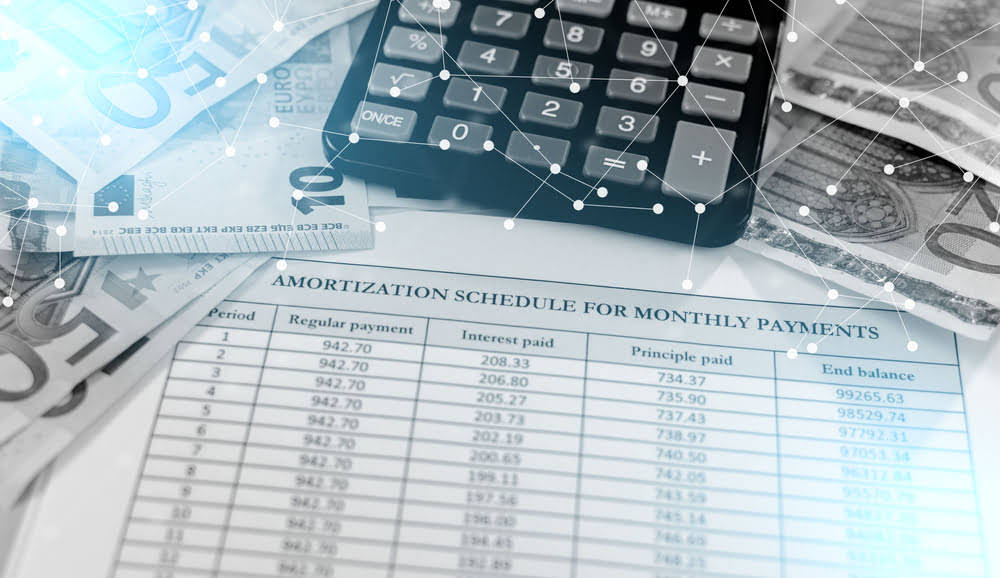
It is crucial for accountants to meticulously review contract terms to accurately measure these obligations. For example, a recording artist’s contract may stipulate different royalty rates for physical media sales versus streaming, necessitating careful tracking of revenue streams. The recognition of royalty revenues is governed by specific https://www.bookstime.com/ accounting standards, which dictate when and how revenue should be recorded. This means that revenue is recorded when the underlying sales or usage occurs, and the rights holder is entitled to payment.
- The timing of revenue recognition in such cases can be influenced by factors like market penetration, consumer demand, and the rate of product consumption.
- Companies might give royalties to landowners in exchange for the mineral rights beneath the property.
- The Ascent is a Motley Fool service that rates and reviews essential products for your everyday money matters.
- For instance, a writer may receive 15% on net sales of hardbacks and 7.5% on net sales of paperbacks.
- He has been a manager and an auditor with Deloitte, a big 4 accountancy firm, and holds a degree from Loughborough University.
Deloitte comment letter on tentative agenda decision: IAS 18/IAS 38/IAS 39 — Regulatory assets and liabilities
This adjustment is crucial for presenting an accurate picture of the company’s financial performance, ensuring that revenue recognition aligns with the actual economic benefits derived from the licensing agreement. Measuring royalty obligations involves determining the amounts payable to rights holders, which can be a complex process depending on the terms of the royalty agreement. These obligations are typically calculated as a percentage of revenues generated from the sale or use of the licensed product or service. However, the structure of these payments can vary, including tiered rates, minimum guarantees, and advances against future royalties.

Accounting for Royalties and Licensing Fees: Revenue Recognition and Reporting

Intellectual property can take several forms from patents to brands to artistic copyrights. In period 2 a further 600 games are sold and the developer makes the following entry. Using the same information from the example above, the developer would make the following bookkeeping entries to record the transactions.
- Royalty agreements lay out the terms by which a third party can use assets that belong to someone else.
- The music industry’s royalty accounting is multifaceted, reflecting the diverse ways in which music is consumed.
- Measuring royalty obligations involves determining the amounts payable to rights holders, which can be a complex process depending on the terms of the royalty agreement.
- For instance, if royalty payments are deferred over an extended period, the present value of those payments may be substantially different from their nominal value.
- MetaComet’s David Marlin shares advice for simplifying the royalty accounting process.
- For example, a TV show’s production company might allow their show to be distributed and watched on different streaming services.
Royalty Accounting for Modern Financial Professionals

Example 1 – Sales-based Royalty Harper, a singer has licensed his music to an online music retailer, Pentatonic. Pentatonic pays Harper $0.25 for every song of his sold through their website. In the first month, Pentatonic only sold five songs by Harper and wrote a check to Harper for $1.25. However, the next month, with the advent of Harper’s first hit song, “Wintergreen Love,” Pentatonic sells 10 million songs. Because Harper is paid royalties based on Pentatonic’s sales of his songs (IP), the royalty is sales-based.
- While that dream might be fun, Nick Palazzolo brings it back to reality by discussing the nuts and bolts of accounting for royalty expenses.
- You’re granting permission to use or produce something while retaining the rights yourself.
- If negotiations fail, alternative dispute resolution methods such as mediation or arbitration may be employed before resorting to litigation.
- This adjustment is crucial for presenting an accurate picture of the company’s financial performance, ensuring that revenue recognition aligns with the actual economic benefits derived from the licensing agreement.
- Detailed records facilitate a smoother audit process and can prevent or quickly resolve disputes.
- Notice that recouping an advance doesn’t really impact your value or your profitability.
- In many licensing agreements, royalty rates are defined as a percentage of sales, a payment per unit, or a percentage of the gross or net revenues obtained from the use of property.
Regular Royalty Payments

Royalties can take many different forms and the calculations can https://www.instagram.com/bookstime_inc be complex however, fundamentally they depend on the amount to which the asset is used by the licensee. For example, a publisher might pay a royalty to an author for each copy of their book sold, or a manufacturer might pay a royalty to an inventor based on the revenue earned from the sale of their product. The owner of a long term asset such as for example a patent or copyright can issue a licence to another party allowing then to use the asset in return for payments referred to as royalties. The owner of the asset who issues the licence and receives the royalty is known as the licensor. The person who makes use of the asset and pays the royalty is known as the licensee. If you receive royalties from someone for use of your property, you must claim these payments as business income, usually on Schedule E (Form 1040).

In the oil and gas sectors, companies would pay out royalties to landowners, for example, to extract certain natural resources from their property. A stepped royalty arrangement changes the royalty rate at different levels of sales. During period 2 a further 600 games are sold royalties accounting and the royalty due to the developer (licensor) is 4,800 (600 x 8.00).